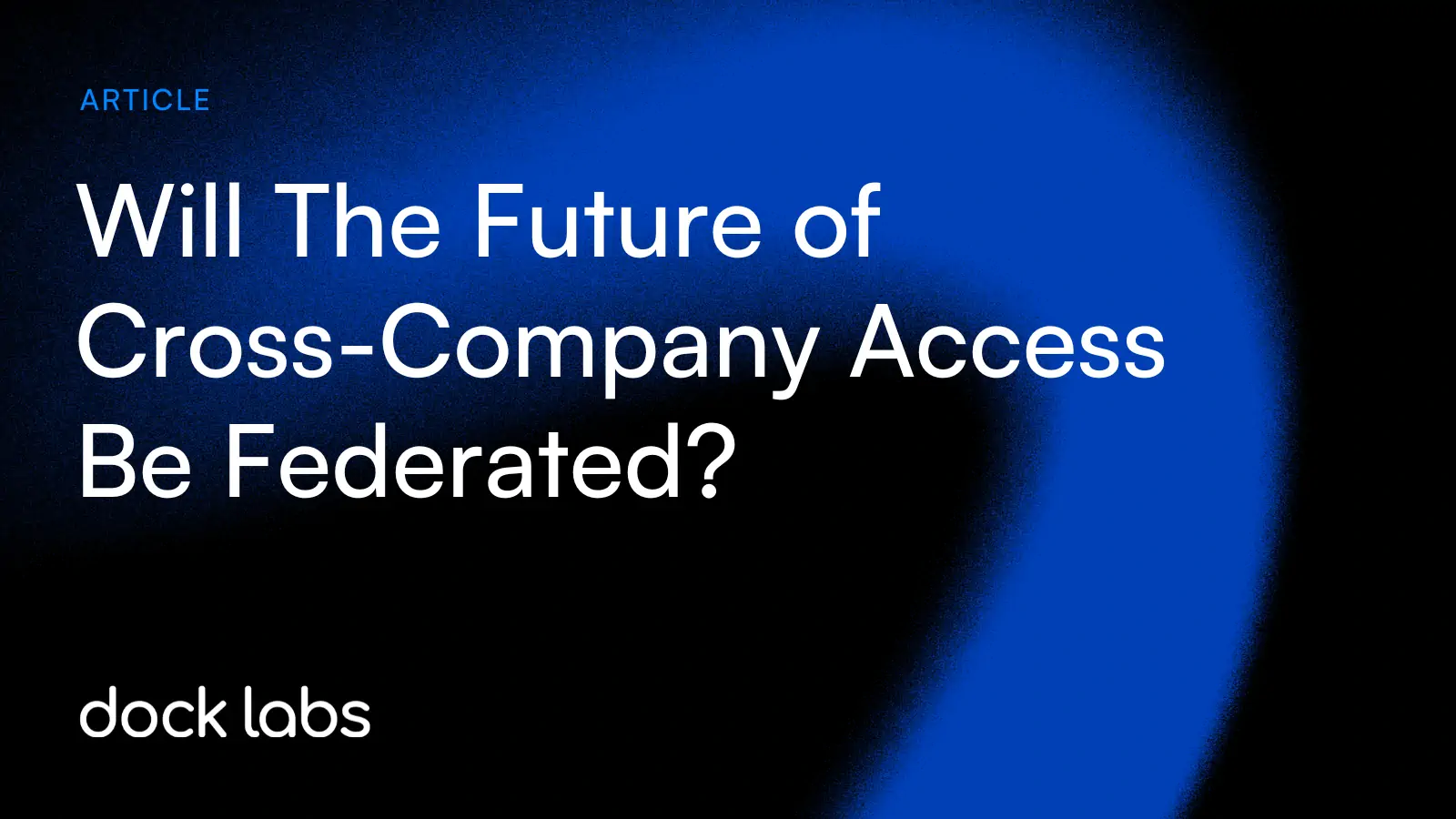One of the most insightful moments in our recent live session with Tim Cappalli (Okta) and Henrique Teixeira (Saviynt) came from a discussion about one of IAM’s most persistent pain points: cross-company access.
For decades, the standard approach has been federation: establishing direct, trusted connections between organizations so users can securely access each other’s systems.
But here’s the truth: federation, as it is, doesn’t scale.
Setting it up is time-consuming and rigid:
- You need technical integrations for each partner.
- You need legal agreements.
- You need alignment between IT teams on both sides.
- And you need to repeat the process for every new identity provider.
That works if you're collaborating with a few long-term vendors. But it completely breaks down when you’re dealing with hundreds of external users—freelancers, contractors, suppliers, or ecosystem partners—who need access today, not after a three-week firewall security review.
Enter Digital Credentials
Digital verifiable credentials offer a new approach: one that preserves trust but removes the need for pre-established integrations.
Instead of linking systems and requiring users to log in with weak credentials like usernames and passwords, you give the user a passwordless verified ID credential tied to their biometric.
The user can then present the credential wherever it’s needed by scanning a QR code, without the issuing and verifying systems being directly connected or the organization having to manage passwords.
The biometric ensures only the right user can access the systems.
This unlocks a powerful new model:
- No federated trust setup required: You can grant access based on a passwordless verified ID credential from a trusted organization, without needing to setup a new SAML or OIDC connection
- Faster affiliation-based access: Authenticate returning users and confirm granular details—such as employer, role, or specific permissions—almost instantly.
- Built-in revocation and expiration: Revoke or expire credentials to remove access the moment it’s no longer needed, even across disconnected systems.
A Better Model for Scalable Trust
Today, most systems rely on bilateral federation, one connection per relationship. Digital credentials flip that model.
They decouple trust from integration, enabling a future where you don’t need to…
- …share infrastructure to trust someone’s identity.
- …link accounts to validate someone’s role.
- …rebuild your workflow each time you bring someone into your system.
Digital credentials aren’t just a new identity format.
They’re a new trust model.
One that works across organizations, platforms, and ecosystems without the heavyweight baggage of federation.






